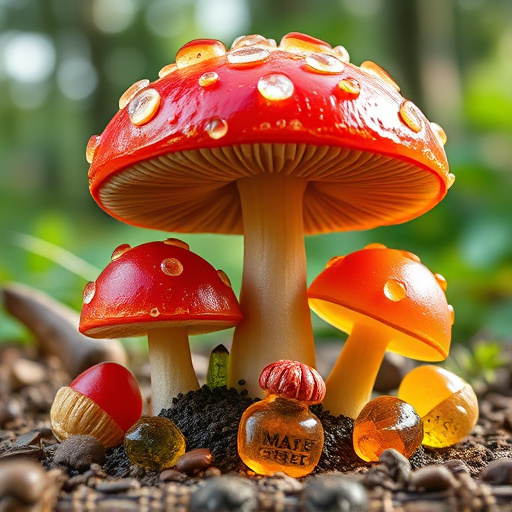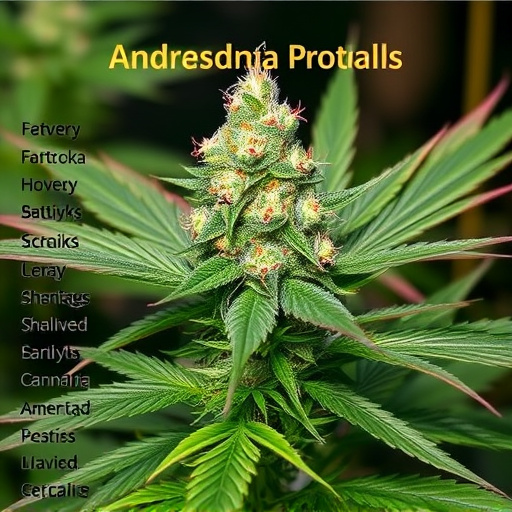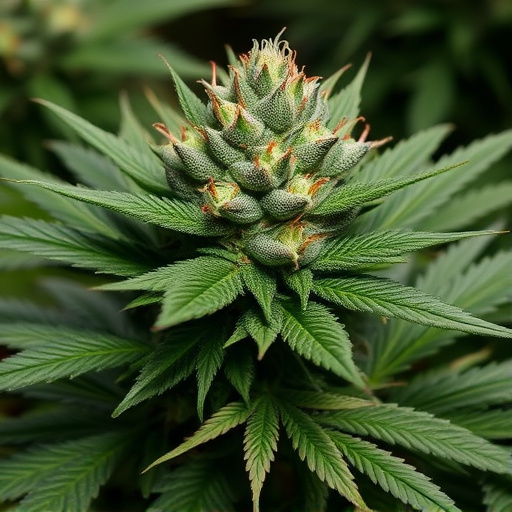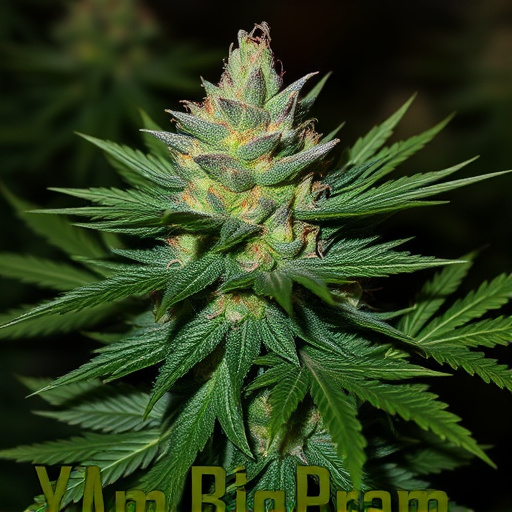Full-spectrum cannabis, as opposed to isolated forms like THC or CBD, includes all natural compounds from the entire plant, offering a more complex experience due to the synergy between cannabinoids (like THC, CBN, CBG) and terpenes. Big bud strains, recognized for their dense, resinous flowers and high cannabinoid content, are commonly found in full-spectrum products, providing nuanced effects that appeal to users seeking holistic relief or enjoyment from these potent strains.
“Unveiling the Potential of Full-Spectrum Weed: A Comprehensive Guide
In the realm of cannabis, full-spectrum weed, often associated with big bud strains, is gaining traction for its holistic properties. Unlike isolated extracts or specific strains, it encapsulates the entire range of cannabinoids, terpenes, and flavonoids found in the plant. This article explores why full-spectrum weed might offer superior benefits, from enhanced therapeutic effects through cannabinoid synergy to personalized medicine potential. We’ll navigate the legal landscape, guide you through safe sourcing and consumption methods, and delve into the unique advantages of these powerful big bud strains.”
- Understanding Full-Spectrum Weed and Its Components
- – Definition and explanation of full-spectrum weed
- – Comparison with other cannabis extracts and strains
Understanding Full-Spectrum Weed and Its Components

Full-spectrum weed, often associated with high-quality cannabis, refers to plants that contain a wide range of cannabinoids and terpenes naturally occurring in the plant. Unlike isolated or concentrated forms, full-spectrum products preserve the natural synergy found in the herb, where different compounds work together for what’s known as the entourage effect. This means that consuming full-spectrum weed can offer a more balanced and diverse experience compared to focusing on a single cannabinoid like THC or CBD.
Big bud strains, renowned for their dense, resinous flowers, are often at the forefront of full-spectrum cannabis. These strains have higher levels of various cannabinoids, including THC, but also minor compounds like CBN and CBG, along with an array of terpenes that contribute to unique flavors and potential therapeutic benefits. This complex blend can lead to more nuanced effects, appealing to a wide range of cannabis users seeking relief or enjoyment from their preferred strain.
– Definition and explanation of full-spectrum weed
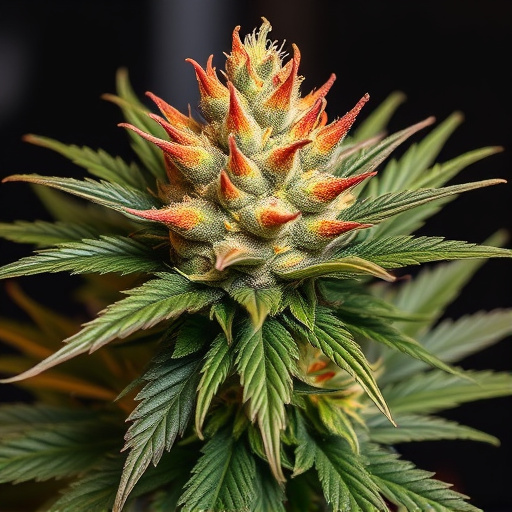
Full-spectrum weed, also known as whole-plant cannabis, refers to a type of marijuana that includes all the natural compounds present in the plant, from terpenes and cannabinoids to flavonoids. This contrasts with concentrated forms like THC or CBD isolate, where other beneficial molecules are stripped away. Big bud strains, renowned for their dense, large flowers, are often at the forefront of full-spectrum products due to their higher concentration of these diverse compounds.
These additional compounds work together in what’s called the entourage effect, enhancing or modifying the therapeutic effects of each individual molecule. For instance, certain terpenes can increase the bioavailability of cannabinoids, delivering a more potent and well-rounded high. This complex interaction is why many advocates argue that full-spectrum weed offers a superior experience compared to isolated compounds, catering to users seeking a holistic and natural approach to medicine and recreation.
– Comparison with other cannabis extracts and strains
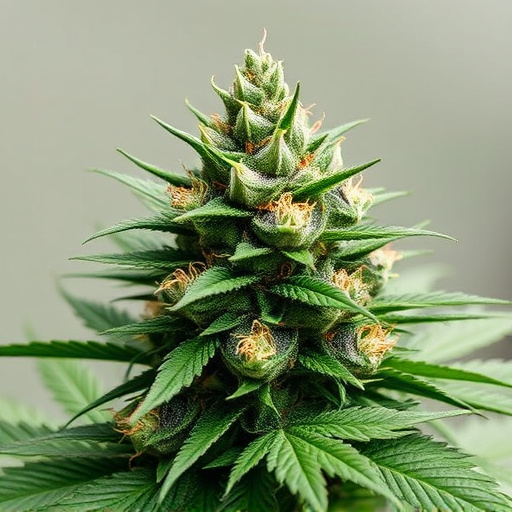
Full-spectrum weed refers to cannabis products that contain a wide range of cannabinoids, terpenes, and other natural compounds found in the plant. This differs from isolate extracts, which focus solely on one particular cannabinoid like THC or CBD. When compared to other cannabis extracts, full-spectrum offers a more holistic experience. For instance, while popular broad-spectrum products may include a mix of multiple cannabinoids, they typically lack the diverse terpene profile found in full-spectrum strains.
Terpenes play a significant role in cannabis’s aroma and flavor, as well as potentially contributing to its therapeutic effects. Big bud strains, known for their high cannabinoid content, often boast a richer terpene profile. This means that full-spectrum products can deliver a more complex sensory experience and potential benefits, making them stand out among various cannabis extracts and strains on the market.
Full-spectrum weed, characterized by its diverse cannabinoid profile, offers a unique experience compared to isolated extracts or specific strain variants. By embracing the natural symphony of terpenes and cannabinoids present in big bud strains, consumers can potentially unlock enhanced effects and a more well-rounded high. This ancient plant’s versatility allows for personalized experiences, catering to various preferences. Thus, exploring full-spectrum cannabis may be the key to discovering a superior method of relaxation, pain management, or therapeutic benefits.


